Disclosure: This article contains affiliate links. We may earn a commission from purchases at no extra cost to you, which helps our travel content.
The first time I pressed my fingers against a patient's carotid pulse while a street musician played nearby outside an ER in Austin, I realized something profound: music and healing share the same rhythm. That realization has taken me across continents, from the neon-lit honky-tonks of Texas to the medieval cellars of Czech Republic. As both an EMT and a traveler with Mi'kmaq roots, I've always been drawn to places where sound creates community healing spaces. Austin and Brno might seem worlds apart—one a boisterous Texan capital claiming to be the 'Live Music Capital of the World,' the other a lesser-known Czech city with centuries of musical heritage—but both pulse with remarkable sonic energy that transforms visitors. After spending multiple two-week stretches in both cities over the past three years, I've discovered how these seemingly different musical ecosystems share surprising parallels in how they use sound to create sacred community spaces. Whether you're planning a romantic getaway or simply seeking authentic musical experiences, join me as we explore these two rhythmic hearts beating on opposite sides of the world.
Austin: Where Music Flows Like the Colorado River
Austin doesn't just have music venues—it has a musical ecosystem that feels as natural and essential as the limestone aquifers feeding its swimming holes. During my first visit, I expected the famous 6th Street scene but was unprepared for how music infiltrates every corner of daily life here.
On a Tuesday afternoon, I witnessed an impromptu blues jam at a food truck park near Lady Bird Lake. The musicians—a mix of professionals and passionate amateurs—created a space where strangers became friends over shared rhythms and cold Lone Stars. This is quintessential Austin: music as community medicine.
The city's crown jewel venues like the Continental Club and Antone's deserve their legendary status, but don't overlook newer spaces like the open-air Mohawk or the intimate Radio Coffee & Beer, where you can catch everything from bluegrass to experimental electronic sets while nursing a craft IPA.
What struck me most was how Austin's musical identity transcends genre. While country and blues might be the expected soundtrack, I've danced to cumbia at the White Horse, headbanged to metal at Come and Take It Live, and discovered Ethiopian jazz at Sahara Lounge—all in the same weekend.
Austin's music scene reflects its landscape: wide open, accessible from multiple entry points, and surprisingly diverse beneath its Texan exterior. The city understands that music isn't just entertainment; it's a vital force that creates connections across cultural divides.
When documenting performances, my portable recorder became invaluable—capturing not just the music but the ambient energy that makes Austin's venues feel alive. Those recordings have become my most treasured souvenirs.
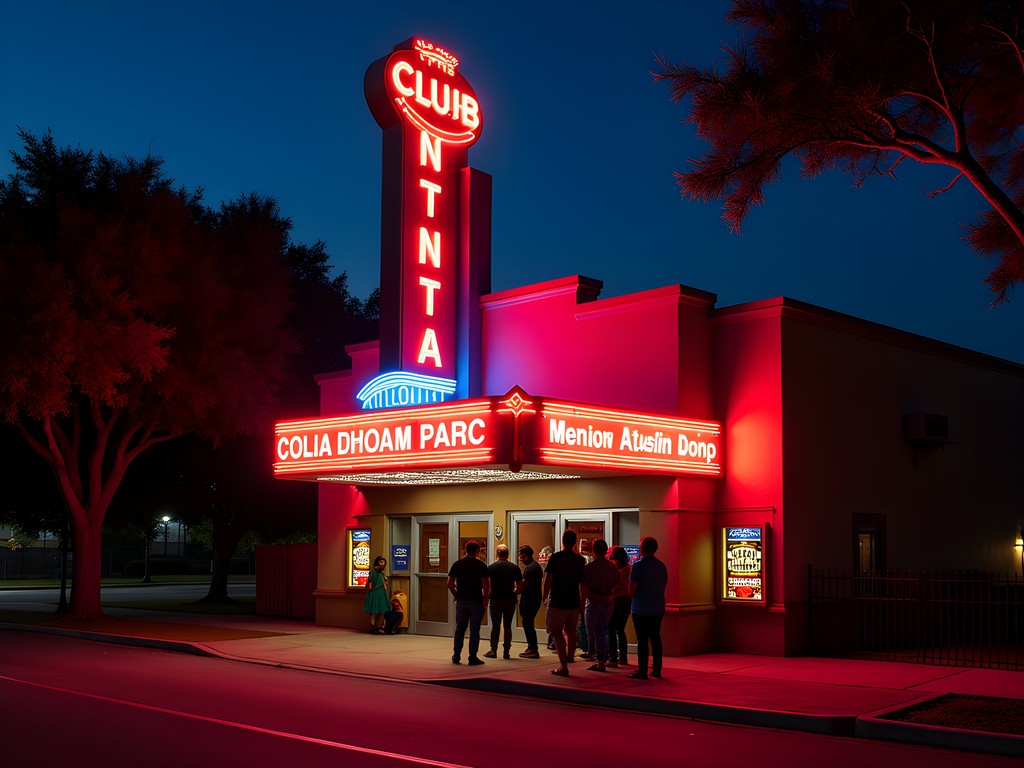
💡 Pro Tips
- Visit on weeknights for less crowded venues and often no cover charges
- Check the free weekly Austin Chronicle for comprehensive music listings
- Don't just stick to downtown—some of the best venues are in East Austin and South Congress
Brno: Underground Rhythms in a Medieval Heart
Brno doesn't announce its musical soul as loudly as Austin, but beneath its Baroque and Gothic facades lies a thriving scene that surprised me with its depth and innovation. My first night there, a Czech emergency room nurse I'd connected with through a medical exchange program led me down narrow cobblestone streets to what looked like an ordinary cellar door. Inside was Kabinet Múz, a venue where time seemed suspended as experimental jazz echoed against centuries-old stone walls.
Unlike Austin's expansive sprawl, Brno concentrates its musical energy within its historic center, creating an intensity that feels almost sacred. Medieval wine cellars have been transformed into intimate concert spaces where classical, jazz, and avant-garde music create transcendent experiences. Venues like Metro Music Bar and Fléda offer everything from Czech indie rock to international electronic artists in spaces that blend historical architecture with modern sound systems.
What makes Brno truly special is how it honors its classical heritage while embracing contemporary sounds. The city that helped shape Leoš Janáček now hosts JazzFestBrno and avant-garde electronic festivals in equal measure. During Brno's summer festival season, music spills into courtyards, parks, and plazas, transforming the entire city into a concert hall without walls.
The density of Brno's old town creates a unique phenomenon: you can experience multiple musical worlds within a short walk. One evening, I followed the sound of a string quartet from St. James Church, only to discover a Czech punk band playing in a nearby square minutes later. This juxtaposition creates a musical dialogue between centuries that feels uniquely European yet accessible.
For capturing these intimate performances, I rely on my mirrorless camera with a fast lens that handles low-light conditions beautifully without being intrusive to performers or other audience members.
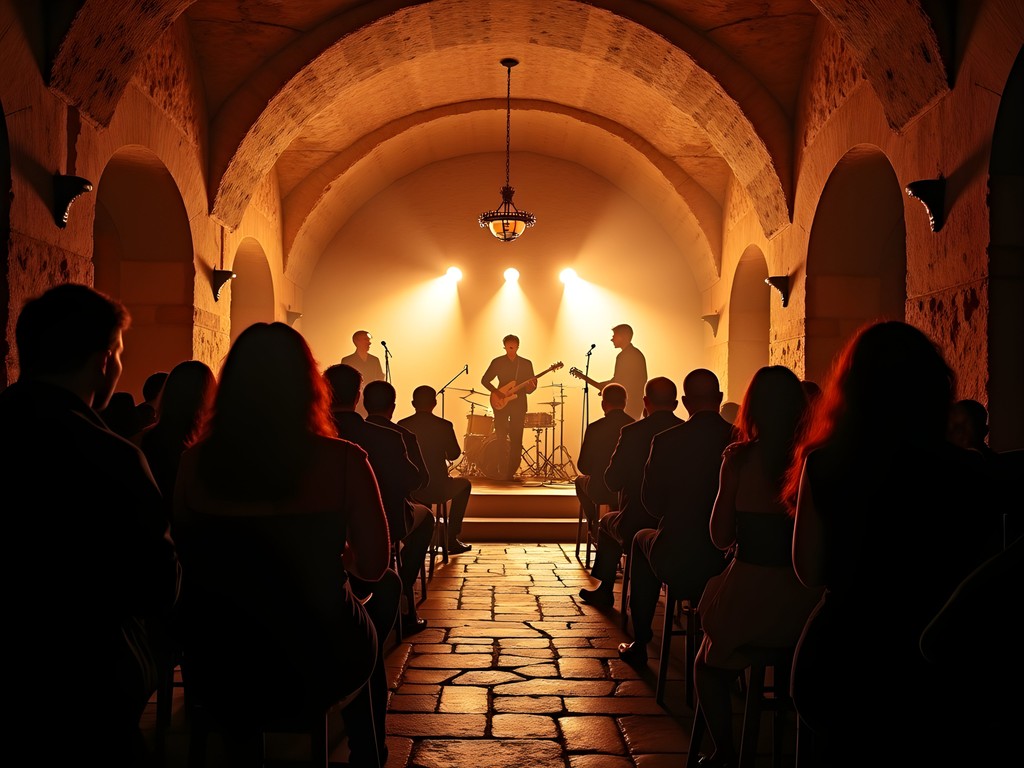
💡 Pro Tips
- Learn a few basic Czech phrases—locals appreciate the effort and may share insider music tips
- Visit during university term time (September-May) when the student population energizes the scene
- Look for posters on street corners—many great performances are advertised old-school style rather than online
Sacred Geometry: How Venue Spaces Shape Musical Experience
My Mi'kmaq grandmother taught me that sacred spaces are created through intention, not just architecture. Both Austin and Brno demonstrate this principle through venues that transform ordinary locations into extraordinary sound chambers.
In Austin, repurposed spaces dominate the landscape. Former warehouses (Emo's), converted churches (Central Presbyterian Church during SXSW), and even grocery stores (Scoot Inn) have been reimagined as music venues. These adaptive spaces reflect Austin's frontier spirit—practical yet innovative, with acoustics that often happen by beautiful accident rather than design.
Brno, meanwhile, leverages its medieval and industrial architecture to create venues with exceptional sound qualities. The cavernous Sono Centrum was built specifically for optimal acoustics, while underground venues utilize the natural reverberations of stone cellars to amplify performances without modern technology.
What fascinates me as someone attuned to how environments affect healing is how differently these spaces influence the listening experience. Austin's open-air venues create communal experiences where music mingles with natural elements—stars overhead at Stubb's BBQ or breezes carrying sound across Zilker Park during festivals. The experience feels expansive, democratic, mirroring Texan landscapes.
Brno's intimate enclosed spaces, by contrast, create focused listening environments where sound becomes almost tangible in the close air. The proximity of performers to audience in these smaller venues generates an intensity that feels ceremonial, like being part of a shared secret.
For travelers sensitive to sound environments, I recommend bringing quality earplugs that reduce volume while preserving sound clarity. These have saved me from both tinnitus and audio disappointment in venues with challenging acoustics.

💡 Pro Tips
- In Austin, arrive early to outdoor venues to claim spots with the best sound balance
- In Brno, seek out venues with original stone or wood elements for the richest acoustic experiences
- Ask locals about the 'sweet spot' in unfamiliar venues—most regulars know exactly where to stand for optimal sound
Food Trucks & Folk Songs: The Culinary-Musical Connection
My fascination with food trucks began during overnight EMT shifts, seeking nourishment between calls. Both Austin and Brno have revealed to me how deeply intertwined culinary and musical cultures can be—each serving as community anchors that feed different senses but satisfy the same human need for connection.
Austin's food truck scene mirrors its musical approach: bold, fusion-focused, and unapologetically experimental. At the East Side food truck parks, I've enjoyed Caribbean-Korean fusion tacos while listening to psychedelic country—both representing Austin's willingness to blend traditions into something new. The city's most beloved music venues understand this connection: places like Cosmic Coffee + Beer Garden host both rotating food trucks and daily live music, creating environments where multiple senses are engaged simultaneously.
Brno approaches this connection differently but no less effectively. Traditional Czech pubs (hospody) double as intimate folk music venues, where hearty goulash and pilsner accompany spontaneous folk sessions. The revival of Brno's food scene has paralleled its musical renaissance—both drawing on deep traditions while embracing contemporary innovations. Venues like Soul Music Club serve craft cocktails alongside Czech small plates as jazz combos play, creating a multisensory experience.
What struck me in both cities is how food and music venues create what my Mi'kmaq elders would recognize as healing circles—spaces where strangers become community through shared experience. Whether it's Austinites gathering around food truck picnic tables as a guitarist plays under string lights, or Brno locals sharing a table with strangers at a crowded jazz bar, these combined culinary-musical spaces break down barriers that might otherwise exist.
For capturing food and performance simultaneously in low-light conditions, I've found my smartphone gimbal essential for smooth video that documents these multisensory experiences without disrupting the intimate atmosphere.
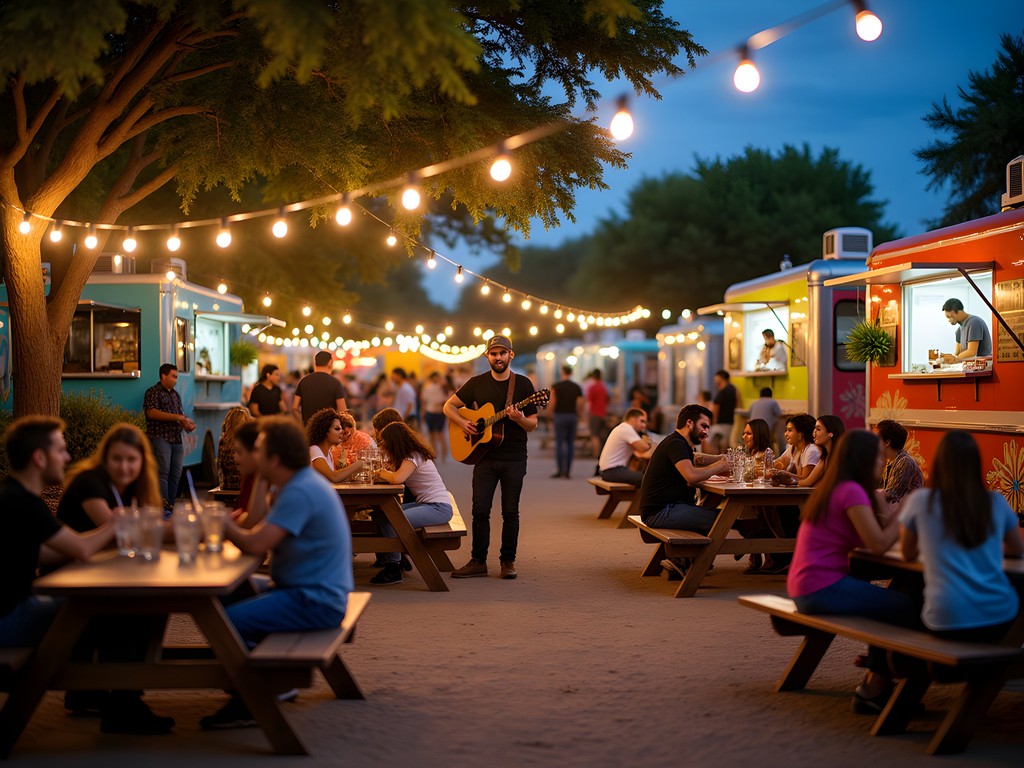
💡 Pro Tips
- In Austin, check which food trucks are stationed at music venues before planning your night
- In Brno, look for 'music menus'—special offerings during performances at gastro-pubs
- Both cities have excellent local craft beers that pair perfectly with their music scenes
Local vs. Global: How Both Cities Balance Musical Identity
As someone who navigates between Mi'kmaq traditions and modern emergency medicine, I'm drawn to places that balance honoring roots while embracing evolution. Both Austin and Brno demonstrate this cultural tightrope walk, though their approaches differ dramatically.
Austin's struggle with its musical identity has intensified as the city has grown. Long-time venues face rising rents while new luxury developments incorporate 'music spaces' that sometimes feel sanitized compared to the authentic grit of historic clubs. During my visits, I've witnessed passionate community efforts to preserve Austin's musical soul through initiatives like the Red River Cultural District preservation project. The tension between commercial success and artistic authenticity creates a dynamic energy that fuels creativity even as it challenges sustainability.
What keeps Austin's scene vital is its commitment to local musicians. Even as international acts headline festivals like ACL and SXSW, neighborhood venues maintain a fierce dedication to homegrown talent. At places like the Saxon Pub or C-Boy's Heart & Soul, you'll find multi-generational audiences supporting musicians who might never tour beyond Texas but who embody the city's distinctive sound.
Brno approaches this balance from a different historical context. After decades behind the Iron Curtain, the city embraces international connections while nurturing distinctly Czech musical expressions. The JazzFestBrno exemplifies this approach—bringing world-class performers to the city while showcasing Czech jazz innovations. Similarly, the Brno Contemporary Orchestra performs works by local composers alongside international avant-garde pieces, creating dialogue rather than competition between local and global influences.
What both cities share is a recognition that musical identity isn't static—it's a living conversation between past and present, local and global. For travelers seeking authentic experiences, this means opportunities to witness musical evolution in real-time, particularly during each city's signature festivals.
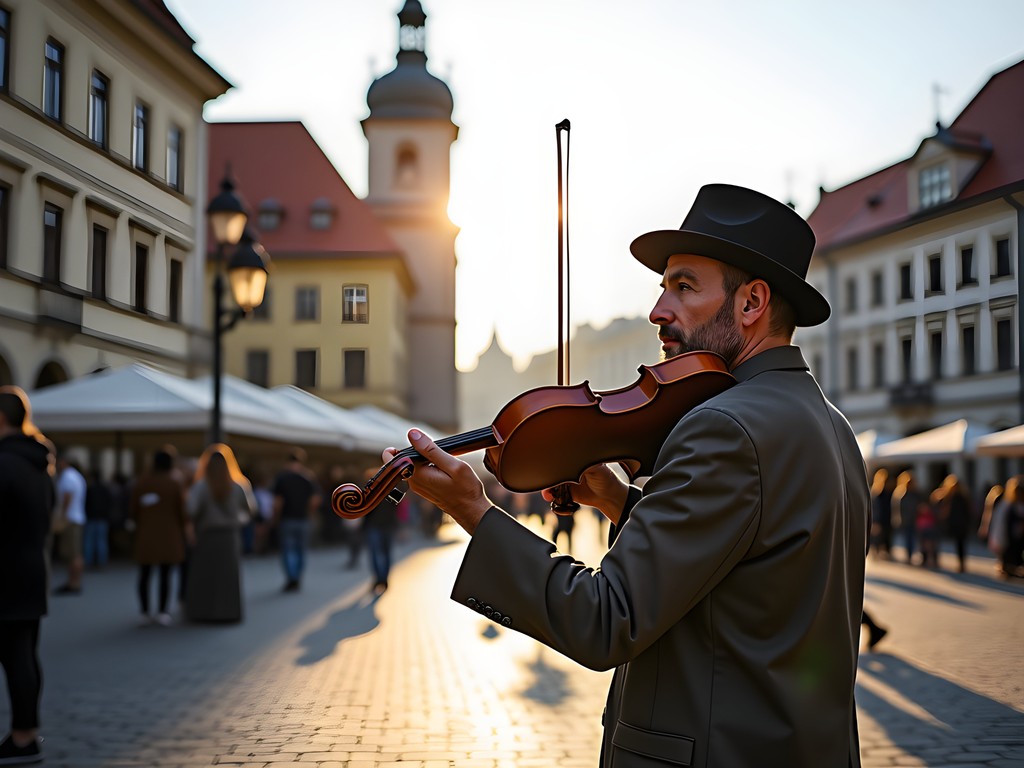
💡 Pro Tips
- Research which Austin venues pay musicians fairly and support these establishments
- In Brno, look for 'Czech composers' features in classical programs
- Visit university music departments in both cities for free or low-cost performances by the next generation of musicians
Final Thoughts
As I pack my travel backpack after another musical immersion in these two remarkable cities, I'm struck by how places separated by oceans and histories can share such profound musical DNA. Both Austin and Brno demonstrate that authentic music scenes aren't manufactured—they grow organically from community needs, cultural roots, and creative resilience. For couples seeking meaningful travel experiences, these cities offer rare opportunities to connect with each other through shared sonic discoveries that transcend typical tourism. Whether you're dancing under Texas stars or mesmerized by a cellist in a medieval Czech cellar, you're participating in something larger than entertainment—you're entering healing spaces where communities have gathered for generations to process joy, grief, resistance, and celebration through sound. The rhythms of these cities will continue long after your visit, but like any powerful medicine, their effects will remain in your system, changing how you listen to the world around you.
✨ Key Takeaways
- Both cities offer year-round music experiences, but each has optimal seasons: Austin shines in spring/fall, while Brno's summer festivals transform the city
- Look beyond obvious tourist venues to find authentic local music scenes in neighborhood bars and repurposed spaces
- Support musical sustainability by purchasing local artists' merchandise and respecting venue cultures
📋 Practical Information
Best Time to Visit
Year-round, though Austin is best in March-May/September-November (avoiding summer heat), while Brno peaks during summer festival season (June-August)
Budget Estimate
$100-200/day per couple including accommodations, food, drinks, and cover charges
Recommended Duration
Minimum 3-4 days each city, ideally 5-7 days to explore beyond obvious venues
Difficulty Level
Intermediate - Navigating Late-Night Venues And Language Barriers (In Brno) Requires Some Travel Experience

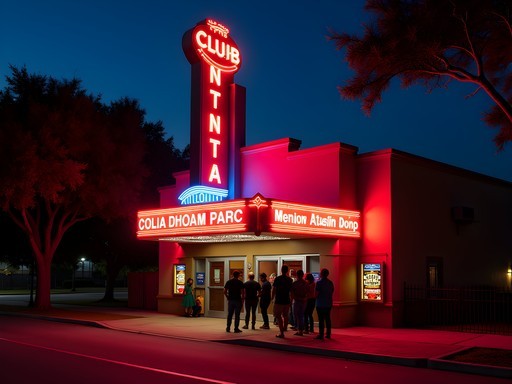
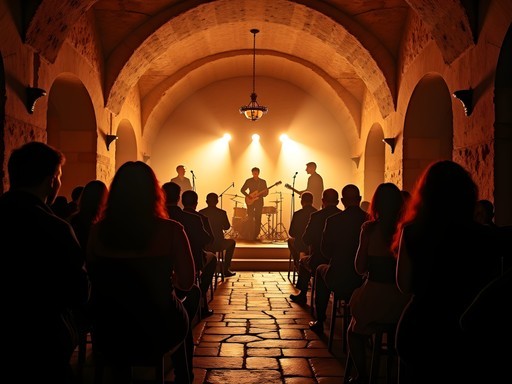

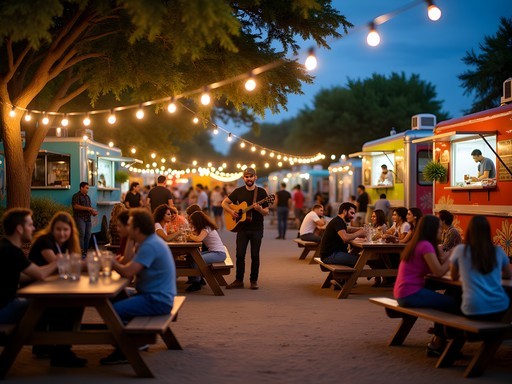
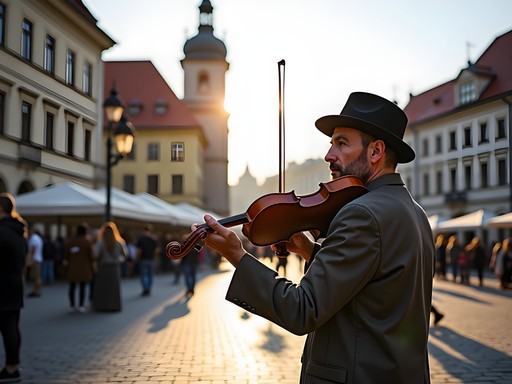


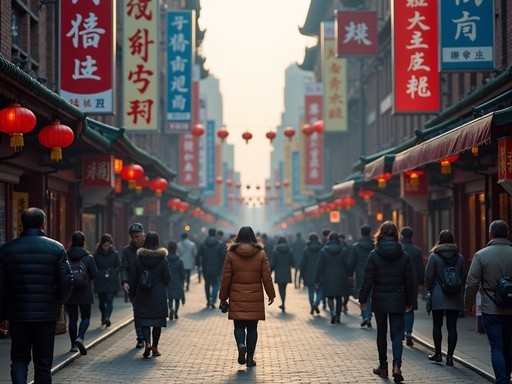
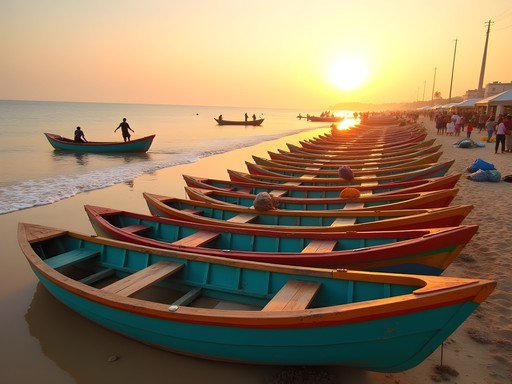
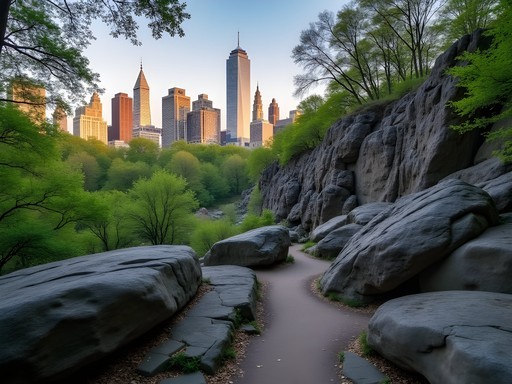
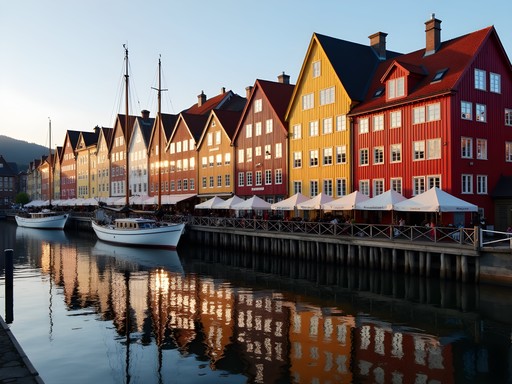
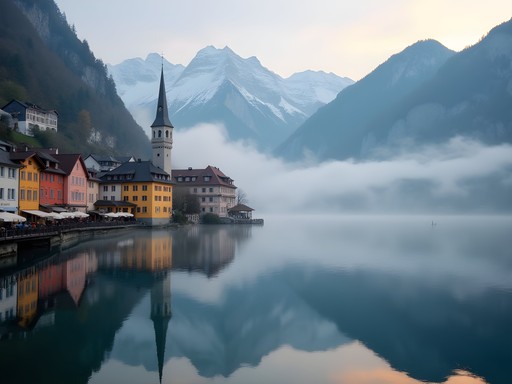

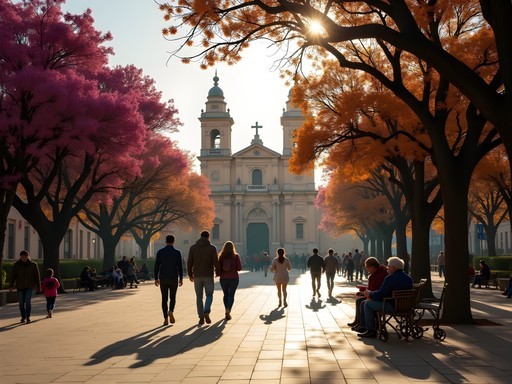

Comments
EuropeTrekker
Never considered Brno for music! Adding it to my Czech itinerary now.
BrnoLocal
You won't regret it! Make sure to check the schedule for Metro Music Bar - best rock venue in the city.
JazzFusion
That section about venue acoustics was spot on! The Continental Club in Austin is still my favorite space.
MusicTraveler92
Great comparison! Anyone know if Brno has good options for solo travelers? Austin was super friendly when I went alone last year.
CzechExplorer
Solo traveler who spent a week in Brno here! It's incredibly solo-friendly. Locals at music venues were so welcoming, especially at Kabinet Múz. Just learn "Na zdraví" (cheers) and you'll make friends fast!
MusicTraveler92
Perfect! Adding it to my list for next year. Thanks!
Casey Andersson
Sage, you've captured the essence of both cities so perfectly! I spent three months hopping between European music scenes last year, and Brno was an unexpected highlight. That underground jazz club you mentioned - Ponava? Absolute magic. The saxophonist there played a set that still gives me goosebumps thinking about it. One tip for anyone heading to Brno: the acoustics at Sono Centrum are phenomenal, but book tickets well in advance. I missed Avishai Cohen there because I waited too long. For Austin travelers, I'd add Elephant Room to your must-visit list. It's a basement jazz club that feels worlds away from the Sixth Street energy but showcases some serious talent.
TravelingBeat
Thanks for the Elephant Room rec! Heading to Austin next month and jazz is my scene. Any food spots nearby you'd recommend?
Casey Andersson
Definitely hit up Swift's Attic just a few blocks away! Perfect for pre-show dinner. And if you're into jazz, don't miss Parker Jazz Club too - more upscale but the acoustics are incredible. I recorded some sets on my portable recorder (with permission) and the quality was stunning.
summerking
Just got back from Austin last month and the live music scene is EVERYTHING! Spent 3 nights on 6th Street and each place had completely different vibes. Anyone been to both cities who can compare? Brno wasn't on my radar but now I'm curious!
Casey Andersson
I've done both! Austin has this raw energy that's unmistakable, but Brno surprised me with its intimacy. The underground venues in Brno feel like you're discovering a secret the tourists don't know about. In Austin, it's more of a shared celebration. Both amazing in different ways!
summerking
That's exactly what I wanted to know! Did you find Brno affordable compared to Austin? Those drink prices in Texas nearly killed my budget lol
Casey Andersson
Oh my gosh, Brno is SIGNIFICANTLY cheaper! Beer for about $2-3 USD in most places, and cover charges for venues were minimal. You'll save a fortune compared to Austin prices. Plus the Czech beer is incredible!
roamstar
Great comparison! Having been to both cities multiple times, I'd add that timing matters a lot. Austin during SXSW is a completely different experience than Austin in October. Same for Brno - their JazzFestBrno in spring transforms the city. The cultural context of Czech music scene being post-Soviet vs Texas's independent spirit really comes through in the performances too. If you're hitting both cities, definitely try to catch a folk act in each - the difference in storytelling traditions is fascinating.
hikingmate
Just got back from Austin last month! If anyone's planning a trip there, don't miss the Continental Club on South Congress. Total classic Austin vibe and the musicians are incredible. We ended up going back three nights in a row because each show was so different. Also, bring a portable fan if you go in summer - those venues get HOT even with AC!
hikingmate
Missed Antone's this time but it's definitely on the list for next visit! Had to choose between that and Mohawk on our last night.
roamstar
Continental Club is amazing! Did you catch any shows at Antone's? That's my Austin must-visit.
redrider
I'm heading to Austin next month for a work trip and will have 2 free evenings. Any recommendations for someone who loves blues but doesn't want anything too crowded or touristy?
greenexplorer
Not the author but try C-Boy's Heart & Soul on South Congress. More locals than tourists and amazing blues acts!
Ana Robinson
What a beautiful comparison, Sage! I took my family to both these cities within the same year (totally unplanned) and was struck by the same contrasts you mentioned. In Brno, we stumbled upon a string quartet playing in a medieval square while my daughter danced with local children - one of those travel moments you treasure forever. Austin was more planned - we actually scheduled our trip around ACL Festival which was incredible but overwhelming with kids. The best part was finding a small bookstore that had an acoustic guitarist playing while my son browsed through picture books. I packed my noise-canceling headphones for both trips which saved us during some of the louder venues! Your observation about venue architecture affecting the music experience is spot on - something I never considered before.
nomadmate
Love the connection you made between medicine and music rhythms. So poetic!
Venture X
Premium card with 2X miles, $300 travel credit, Priority Pass